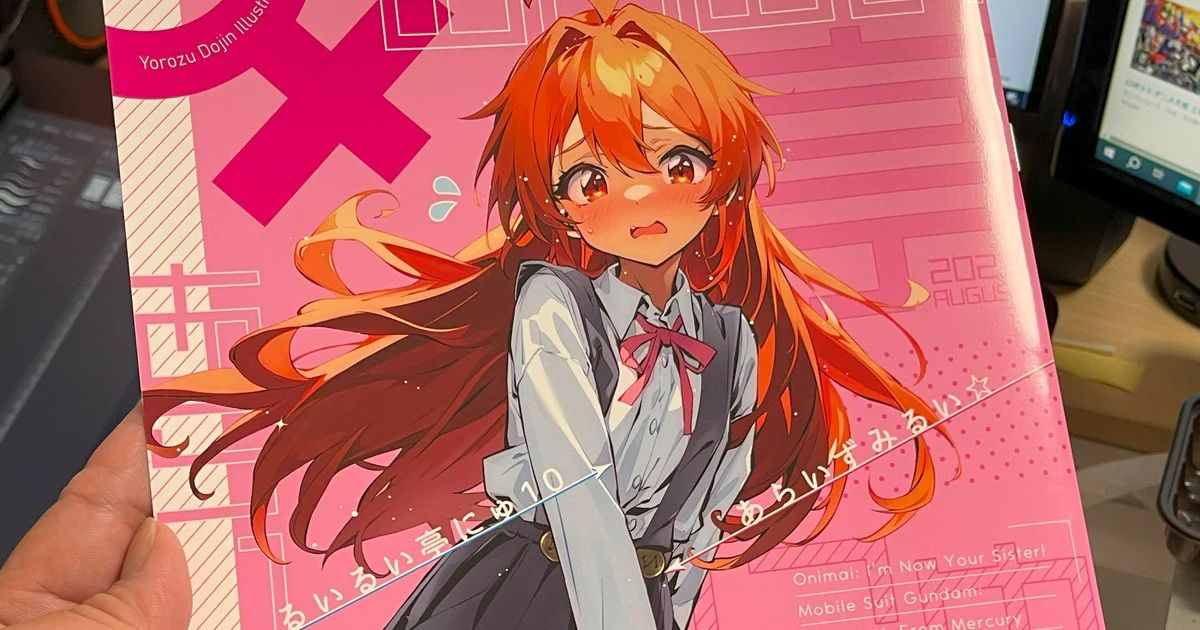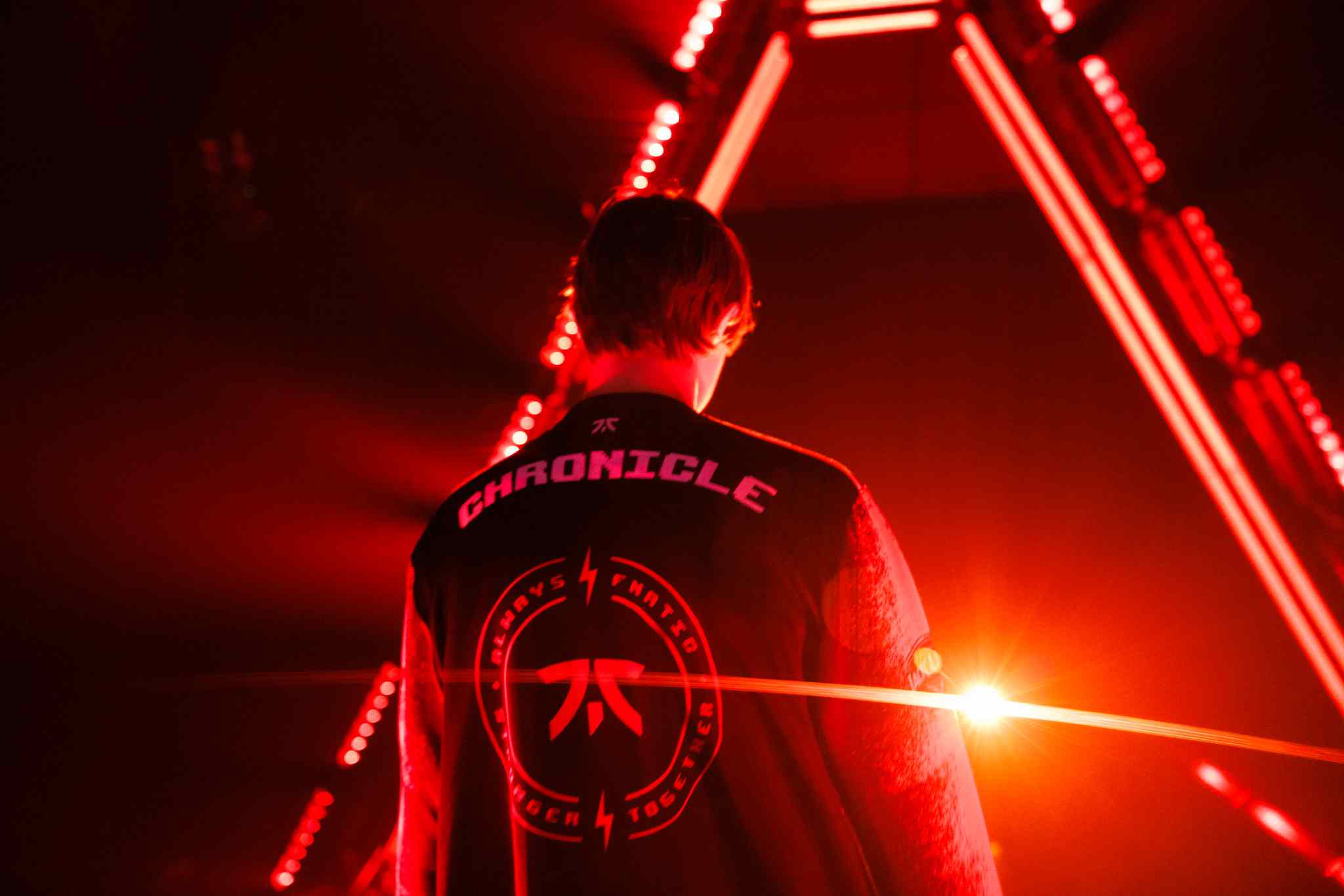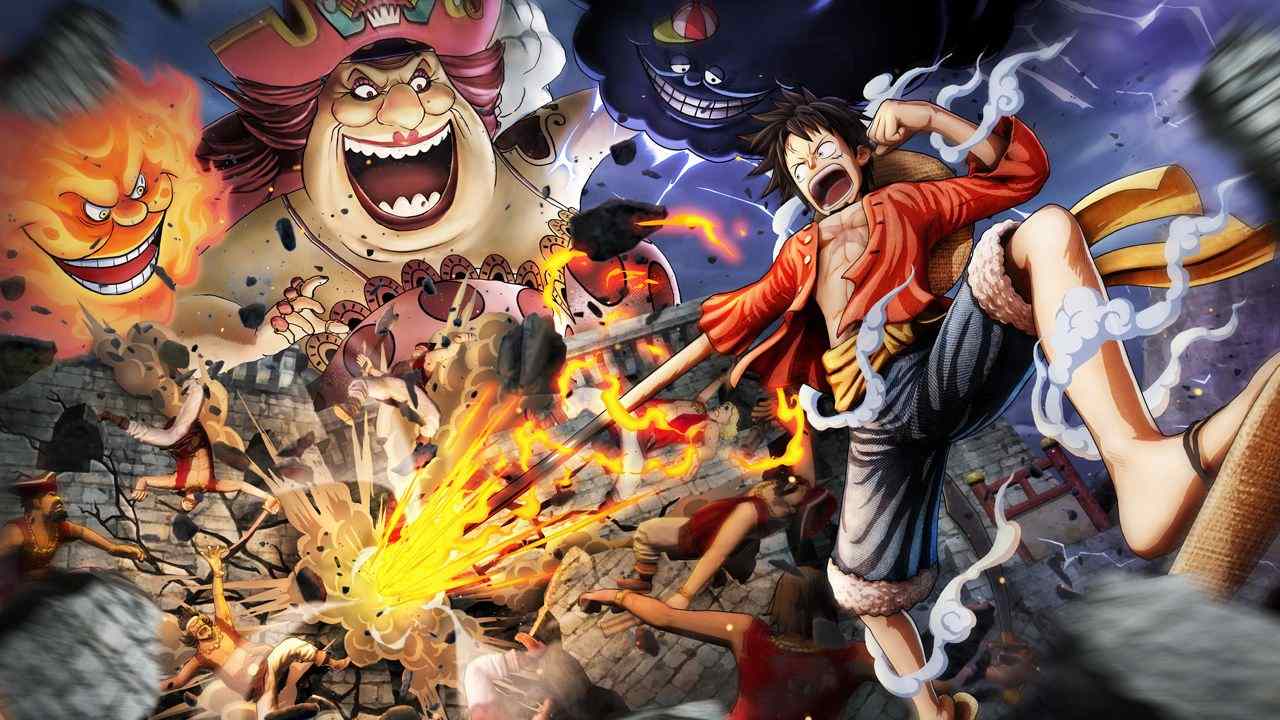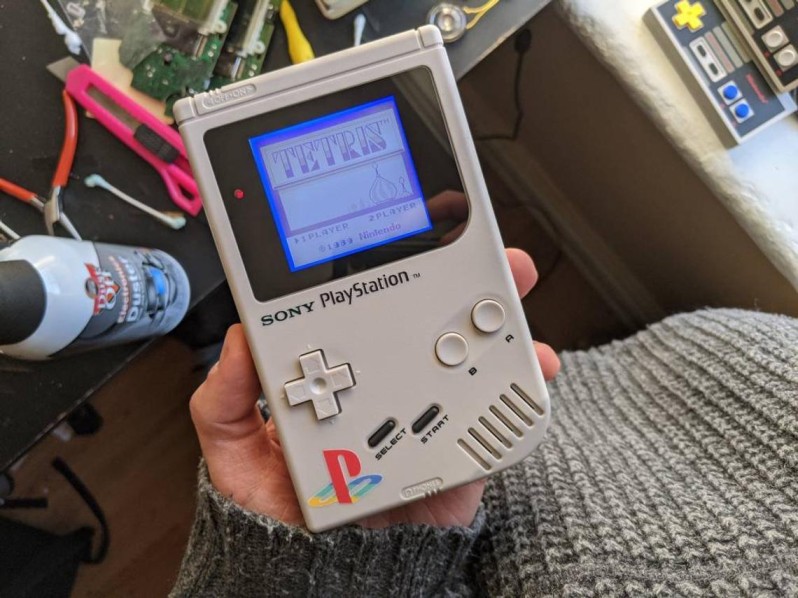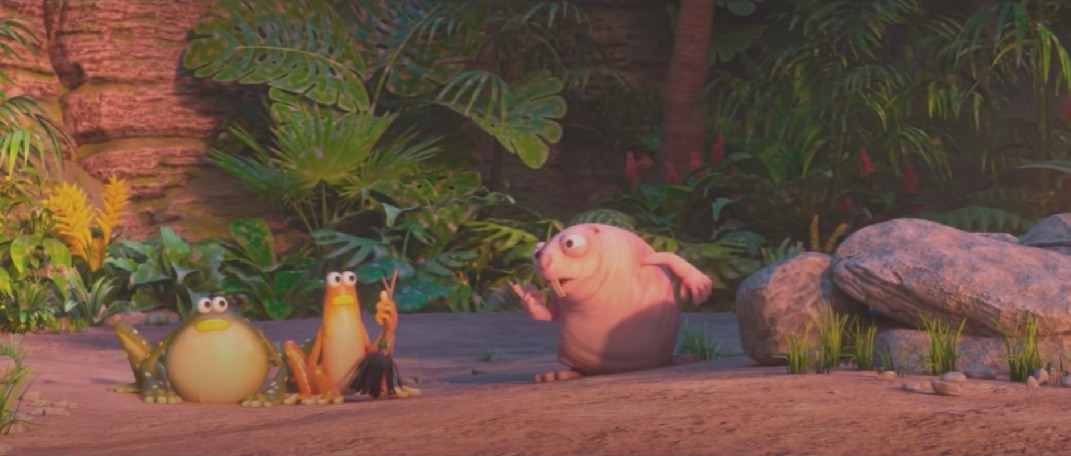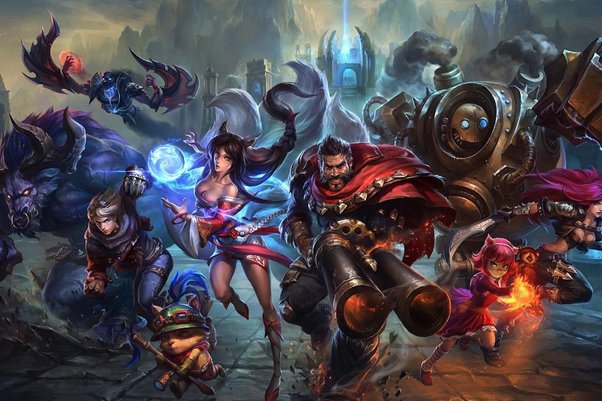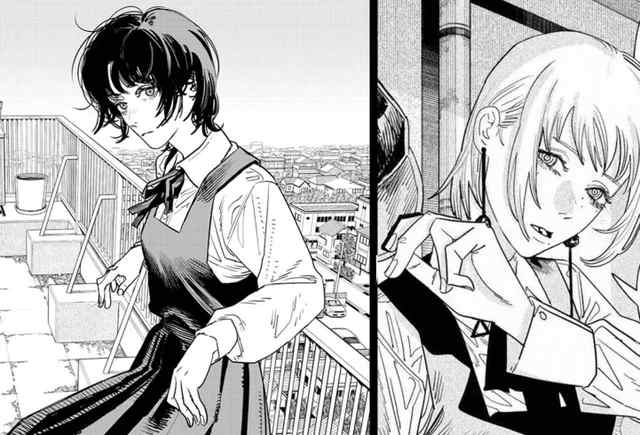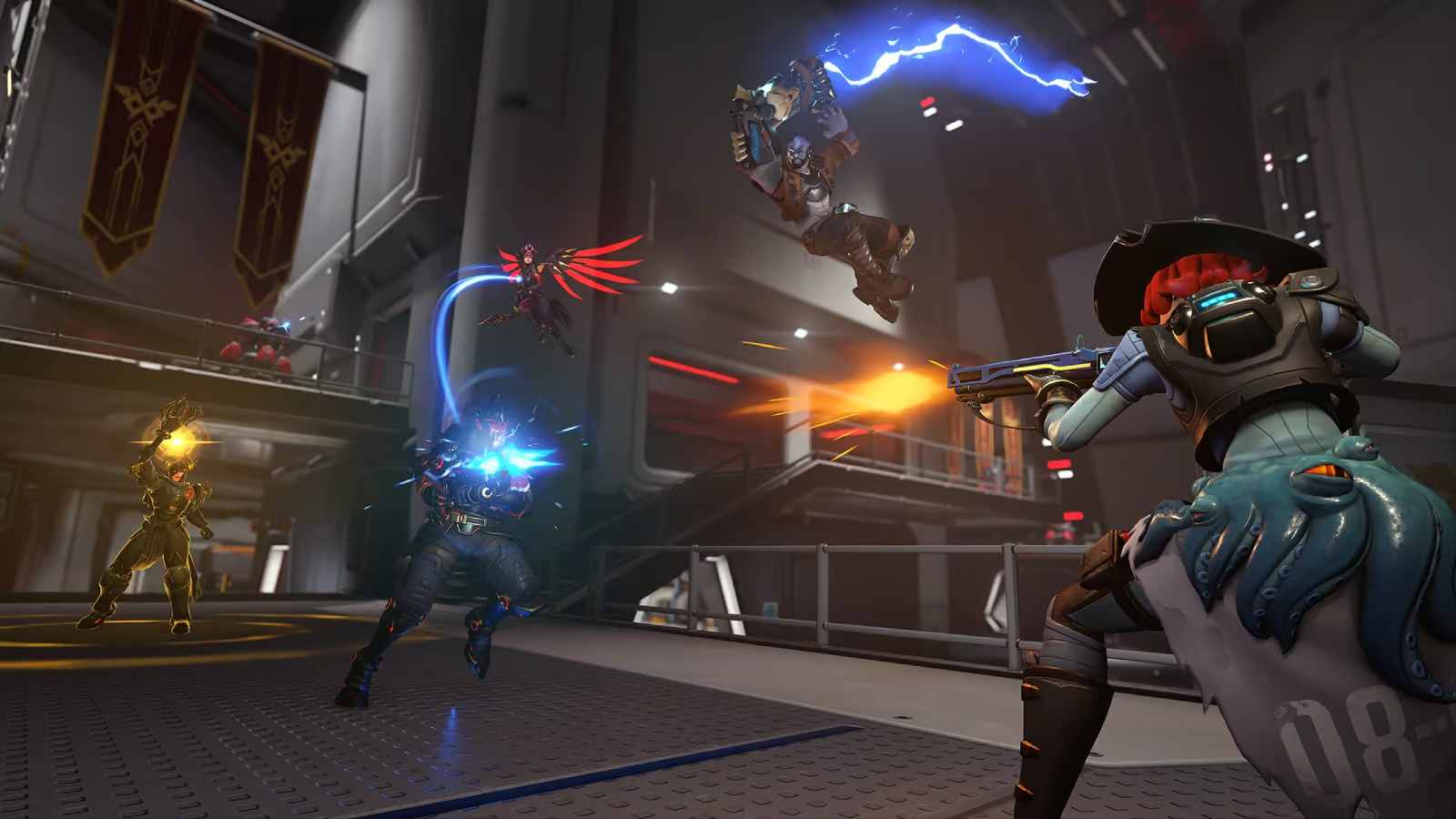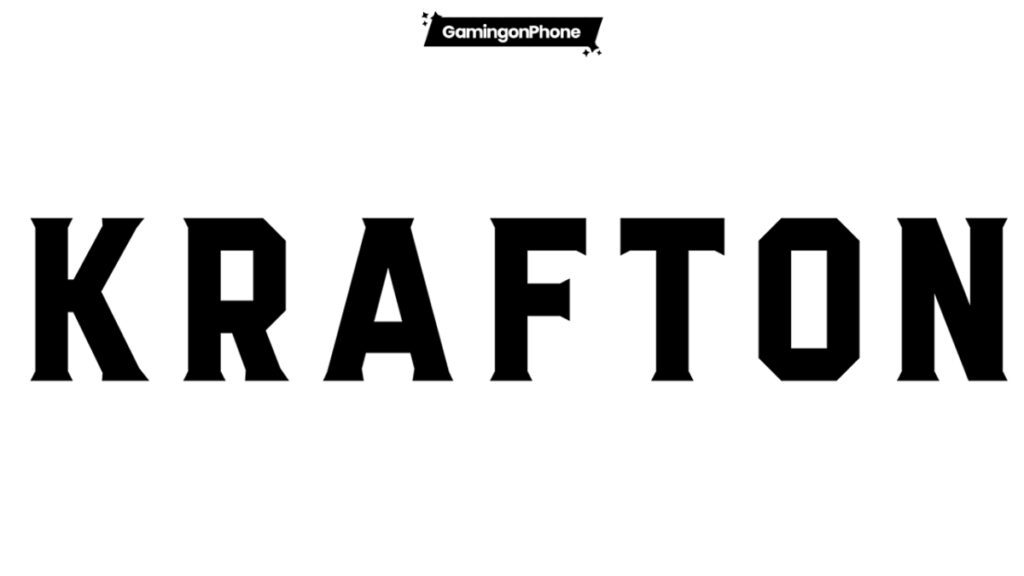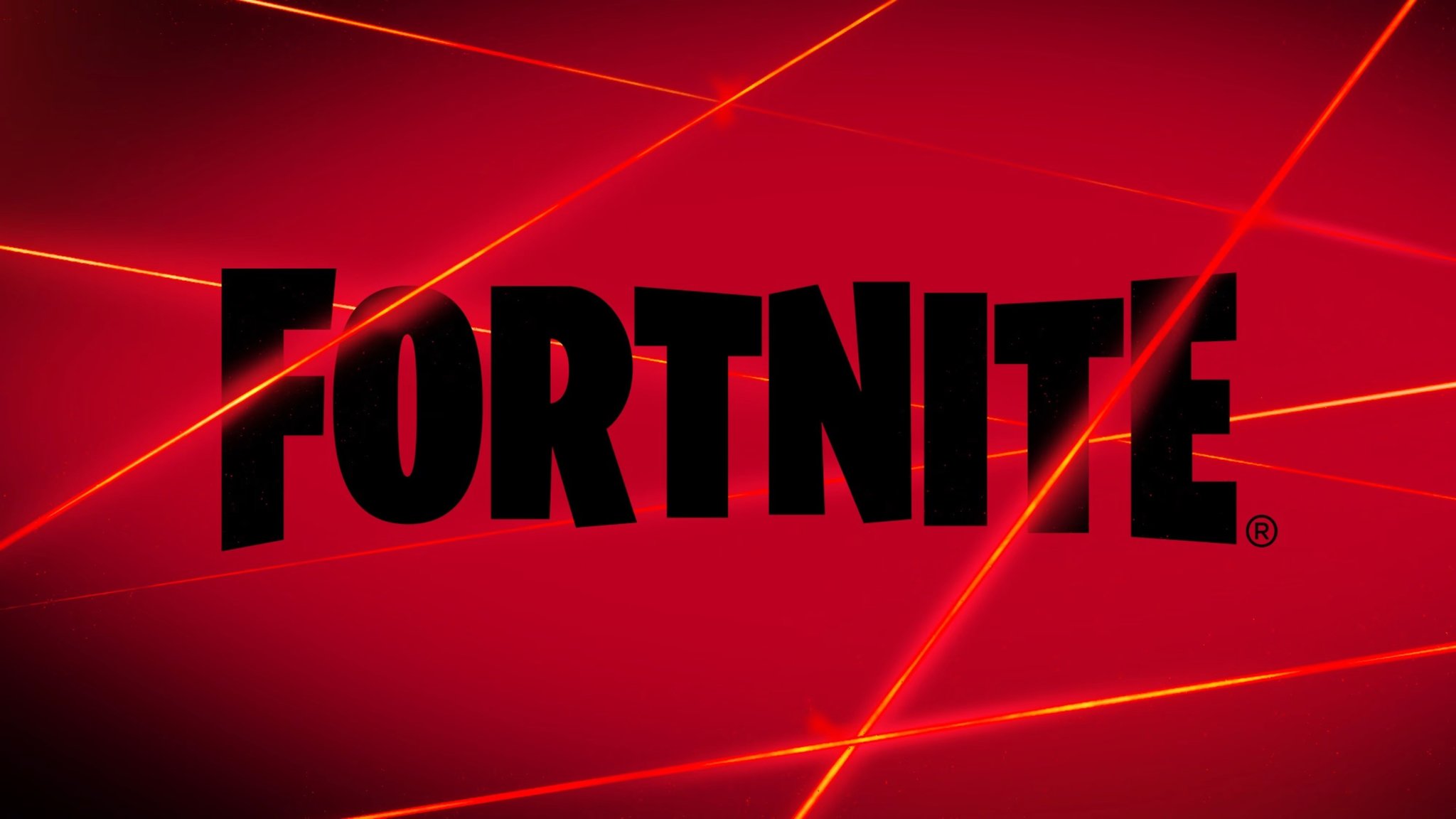Slayers Artist Rui Araizumi Falsely Accused Of Using AI To Make Art
In a recent turn of events that sent shockwaves through the online art community, renowned Slayers artist Rui Araizumi found himself at the center of controversy when his latest fan art book sparked a wave of accusations claiming he had utilized AI to create his masterpieces. However, as we delve into the details, it becomes apparent that these allegations were far from the truth.
Accusations of AI Utilization Unveiled
At the distinguished Comiket 102 event earlier this month, Rui Araizumi unveiled a new art book, featuring his captivating fan art dedicated to ONIMAI: I’m Now Your Sister! and Mobile Suit Gundam: The Witch From Mercury, alongside other notable creations. Almost immediately, the digital sphere, inhabited by fervent X (formerly Twitter) users, erupted with claims that the artist had harnessed the power of AI to craft his artistic wonders.
Araizumi’s Candid Defense: Unmasking the Creative Process
I. Setting the Record Straight
Amid the speculation, Rui Araizumi took the proactive step of addressing the allegations head-on. In a heartfelt three-minute video, he skillfully dissected the creation process, shedding light on the intricate layers that culminated in the final pieces. Displaying both transparency and vulnerability, he showcased the raw sketches, the meticulous line work, and the painstaking colorization, effectively laying bare the manual craftsmanship that underpinned his artwork.
II. Araizumi’s video captioned, “The cover of my new doujin magazine. (┐「ε:) I’m drawing things properly!,” eloquently conveyed his commitment to authenticity. He emphasized that every aspect of the artwork was a testament to his genuine artistic prowess, a tangible manifestation of his dedication to his craft.
III. Repercussions and Reflections
The emotional burden that Rui Araizumi shouldered as he shared the intricate details of his creative process was palpable. Addressing his audience with humility and sincerity, he acknowledged his fans’ investments in his artwork and expressed his regret for any heartache caused. He clarified that the doujinshi format had provided him with a platform to explore new horizons and deviate from his commercial work, a sentiment he cherished.
To those who had invested in his art book, he offered his profound apologies, tendering his remorse for divulging the image data in such an explicit manner. His words echoed with genuine remorse, emphasizing the value he placed on his fans’ appreciation and his commitment to retaining their trust.
In the wake of baseless allegations and the subsequent revelation of the meticulous craftsmanship behind Rui Araizumi’s fan art, a newfound admiration for the artist’s dedication and integrity has emerged. This incident serves as a reminder of the perils of hasty judgments in the age of instant connectivity. As we navigate this digital landscape, we must be cautious in our assessments, ensuring that our words accurately reflect the truth.
